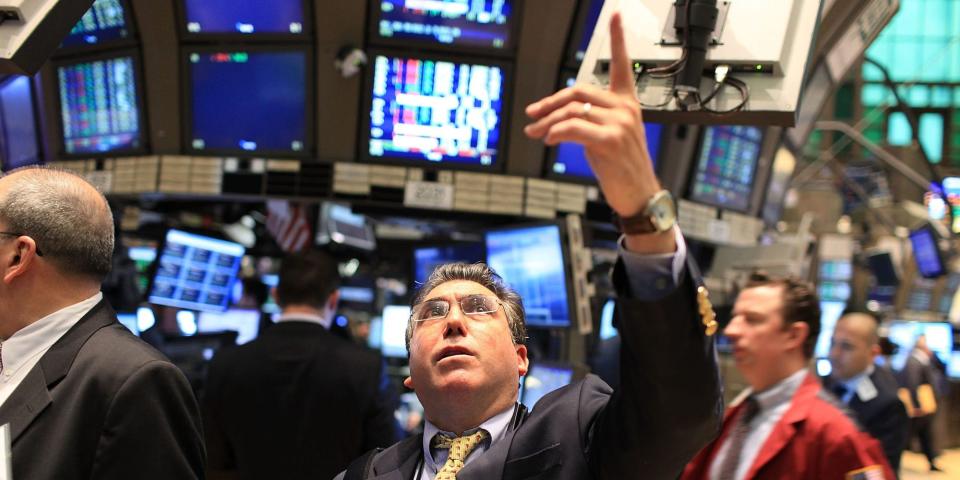
-
Bank of America warns of hard landing if S&P 500 falls below its 200-day average.
-
If the stock market falls below that threshold, there could be a 10% correction, BofA said.
-
Key sectors like semiconductors and big tech need to maintain support levels to avoid further declines.
Investors can expect a hard landing for the economy if the S&P 500 falls below a key technical level, according to a note released Thursday by Bank of America strategist Michael Hartnett.
Hartnett pointed to the S&P 500’s 200-day moving average as a key line in the sand that would signal whether the economy was headed for a deeper slowdown.
“The technical levels that would take Wall Street from a soft landing to a hard landing have not been breached… 4% on the 30-year Treasury, 400 bps on the HY CDX, 5,050 on the S&P 500,” Hartnett said.
The S&P 500’s 5,050 level is the index’s 200-day moving average. On Friday, the S&P 500 was trading at 5,317, about 6% above its 200-day moving average.
“It is now important for stock leaders SOX (4600) and tech major XLK (200) to hold the 200dma levels… if the levels break, traders then target the 2021 highs (i.e. 10% lower),” Hartnett said.
The SOX Semiconductor Index and XLK ETF both tested their 200-day moving average as technical support levels earlier this week during a surge in market volatility before rebounding higher again.
Although key technical support levels in the stock market have yet to be breached, Hartnett is cautious in his outlook for the U.S. economy and the stock market.
For a soft landing to occur, many things need to go right, including a cut in interest rates by the Federal Reserve and an improvement in investor sentiment.
But price action in some sectors of the stock market is not encouraging, Hartnett said.
“Price performance in biotech (the longest duration stocks) is not good and U.S. retail stocks have yet to rally (consumer discretionary is at a 12-year relative low),” Hartnett said.
Hartnett is sticking to his strategy of selling stocks after the Fed implements its first rate cut, which is expected to come at its policy meeting next month.
“We remain in the ‘first cut’ camp,” Hartnett said, adding that he sees growing risks in AI stocks as they rush to show a return on their massive GPU spending.
Read the original article on Business Insider



